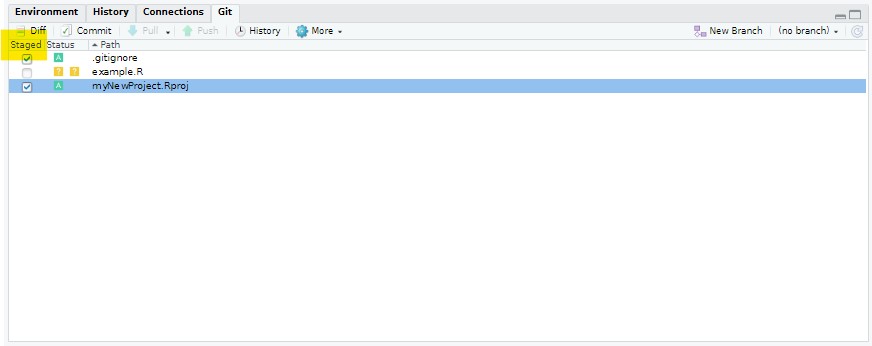

This results in missing dependencies, altered behavior, and inconvenient workarounds.īeyond this, Windows uses a different file system than Unix based systems. Windows works fundamentally different than macOS or Linux-based operating systems. This page summarizes core downsides and deficiencies of Windows, DataLad on Windows, and the user documentation. There is Windows support and user documentation, but it isn’t as far developed as for Unix-based systems. The same is true for DataLad and its underlying tools.
#Git annex windows install
TensorFlow for Windows was released only a full year after it became open source, for example, and Python only became easy to install on Windows in 2019.
#Git annex windows software
Many software tools for research or data science are first written and released for Linux, then for Mac, and eventually Windows. This makes the user experience less fun than on other operating systems – an honest assessment. As of RFC 6928 some number is equal to 10 (initially).DataLad and its underlying tools work different on Windows machines. This maximum number of bytes to send is calculated by multiplying some number by MSS. The Initial Congestion Window ( cwnd) is the maximum number of bytes that a server can send without receiving any acknowledgement that the bytes were received via a client ACK packet. I found my answer in IETF RFC 6928 – a proposal to increase the TCP Initial Window to 10 segments. So why try to squeeze a website into ~14KB? Seems like you should be trying to squeeze it into 1432 bytes. I noticed that my webserver sent an MSS size of 1432, which I suppose became the limiting factor in how much data could be sent per segment (rather than the 1460 MSS sent by my client – the browser):Įach TCP segment had a header-size of 20 bytes, so that leaves 34 unexplained bytes which (I guess) were part of the IP header. While we were looking at Wireshark packet captures we kept noticing a TCP segment size of 1486 in the “length” column with a TCP segment data length of 1432. So the data portion of a TCP segment sent in this particular connection should never exceed 1460 bytes.

The MSS is derived from the MTU and is (at most?) the MTU minus the 40 bytes used for the TCP header and the IP header, so my machine sent the MSS size of 1460 to the server in the Options section of the SYN TCP segment that it initially sent my webserver. I found this via the ip ip -4 link show dev wlp3s0 2: wlp3s0: mtu 1500 qdisc mq state UP mode DORMANT group default qlen 1000 In the case of my machine the MTU is set to 1500. An MSS is derived from a machine’s Maximum Transmission Unit (MTU). In the Options section of the TCP segment (for a segment that has the SYN-flag set in the TCP segment header) a sender or receiver may indicate a Max Segment Size (MSS). It seems like the size of a TCP packet is negotiated during the SYN, SYN-ACK phase of the TCP three-way handshake. Requesting a plain-old HTTP, port 80 site made looking at packets a bit more sane. I think a lot of what was confusing about the Wireshark stuff we were looking at is it also had TLS1.2 mixed in there. Because of this, the server can send up to 10 TCP packets on a new connection (~14KB) in first roundtrip, and then it must wait for client to acknowledge this data before it can grow its congestion window and proceed to deliver more data.Īfter I got home and ate some ice cream, I did some more reading trying to understand this stuff. I eventually found the source for what I was yammering about.ĭue to how TCP estimates the capacity of a connection (i.e. TCP Slow Start), a new TCP connection cannot immediately use the full available bandwidth between the client and the server. It got muddled and we got off-track because we were looking at an HTTPS request and we started talking about TLS1.2, CLIENT-HELLO, and the TLS handshake in general.

We spent a good chunk of time looking at Wireshark captures of an HTTP request. I made some off-the-cuff remark that I didn’t really understand – that you should try to squeeze the most important bits of your website into the first X bytes ( X being a value I didn’t remember) for an opaque reason that has to do with TCP congestion algorithms that I’ve never understood. During coffee we were discussing all the folk theories of “fast” websites. Today I went to coffee with a buddy of mine from $DAY_JOB - 2.


 0 kommentar(er)
0 kommentar(er)
